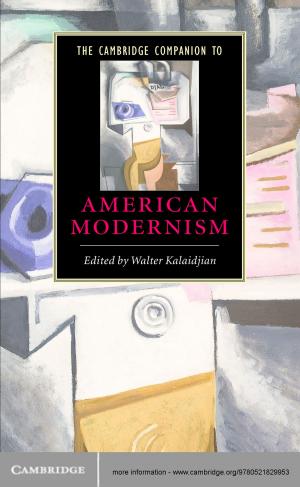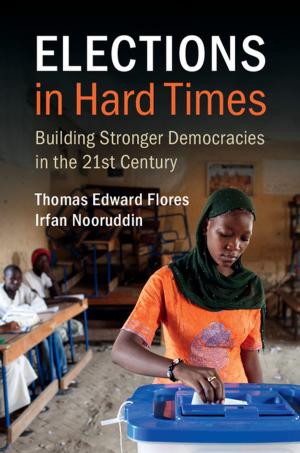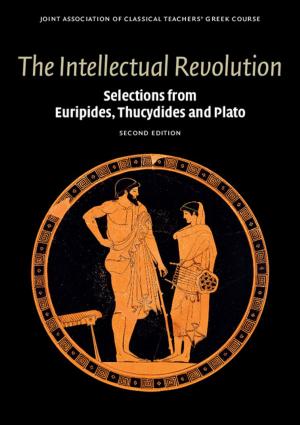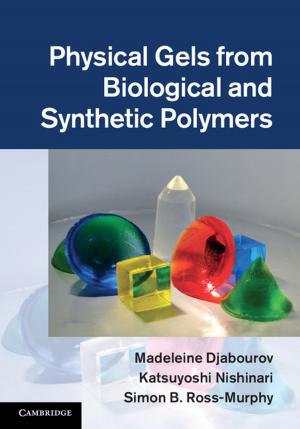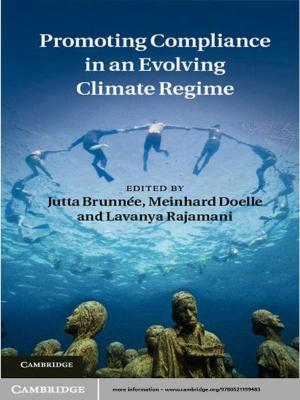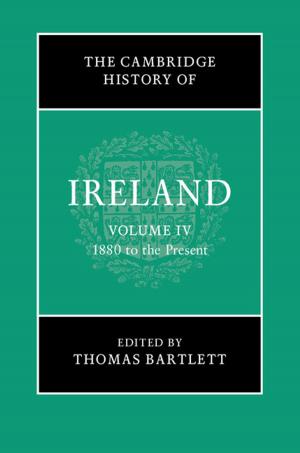The Emergence of Phonology
Whole-word Approaches and Cross-linguistic Evidence
Nonfiction, Reference & Language, Language Arts, Reading, Phonetics & Phonics, Linguistics| Author: | ISBN: | 9781107423596 | |
| Publisher: | Cambridge University Press | Publication: | November 7, 2013 |
| Imprint: | Cambridge University Press | Language: | English |
| Author: | |
| ISBN: | 9781107423596 |
| Publisher: | Cambridge University Press |
| Publication: | November 7, 2013 |
| Imprint: | Cambridge University Press |
| Language: | English |
How well have classic ideas on whole-word phonology stood the test of time? Waterson claimed that each child has a system of their own; Ferguson and Farwell emphasised the relative accuracy of first words; Menn noted the occurrence of regression and the emergence of phonological systematicity. This volume brings together classic texts such as these with current data-rich studies of British and American English, Arabic, Brazilian Portuguese, Finnish, French, Japanese, Polish and Spanish. This combination of classic and contemporary work from the last 30 years presents the reader with cutting-edge perspectives on child language by linking historical approaches with current ideas such as exemplar theory and usage-based phonology and contrasting state-of-the-art perspectives from developmental psychology and linguistics. This is a valuable resource for cognitive scientists, developmentalists, linguists, psychologists, speech scientists and therapists interested in understanding how children begin to use language without the benefit of language-specific innate knowledge.
How well have classic ideas on whole-word phonology stood the test of time? Waterson claimed that each child has a system of their own; Ferguson and Farwell emphasised the relative accuracy of first words; Menn noted the occurrence of regression and the emergence of phonological systematicity. This volume brings together classic texts such as these with current data-rich studies of British and American English, Arabic, Brazilian Portuguese, Finnish, French, Japanese, Polish and Spanish. This combination of classic and contemporary work from the last 30 years presents the reader with cutting-edge perspectives on child language by linking historical approaches with current ideas such as exemplar theory and usage-based phonology and contrasting state-of-the-art perspectives from developmental psychology and linguistics. This is a valuable resource for cognitive scientists, developmentalists, linguists, psychologists, speech scientists and therapists interested in understanding how children begin to use language without the benefit of language-specific innate knowledge.

